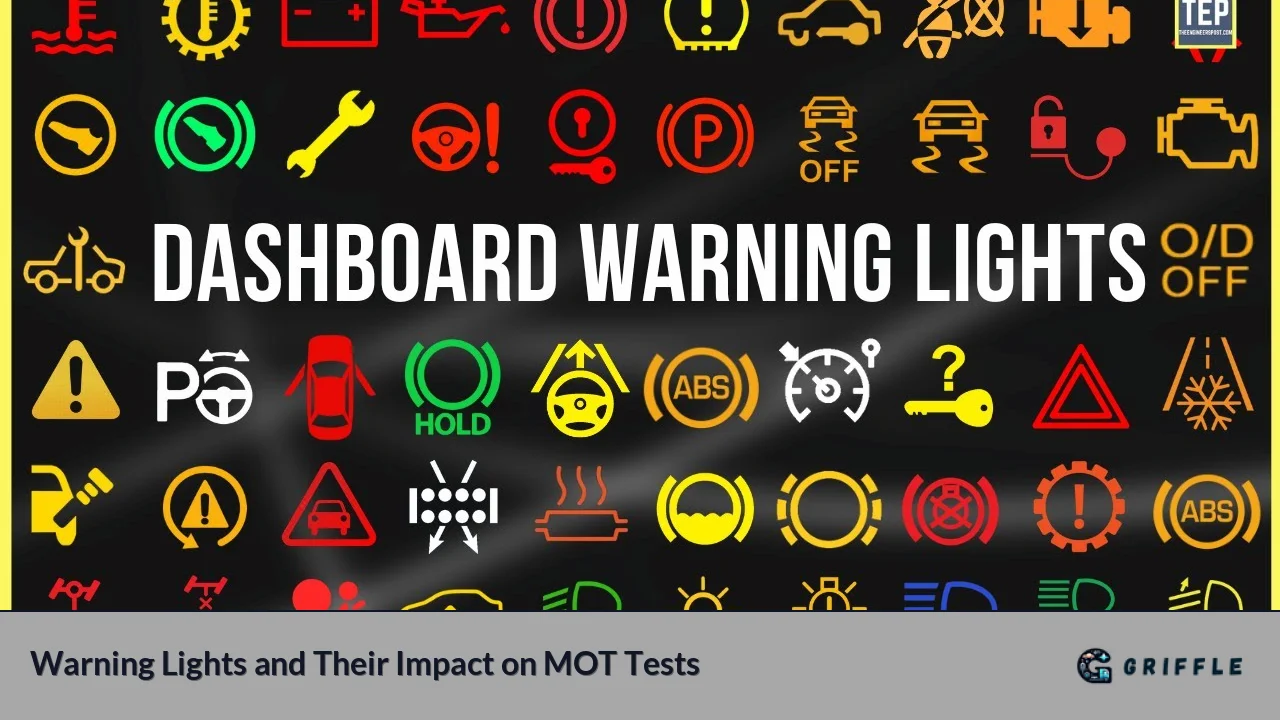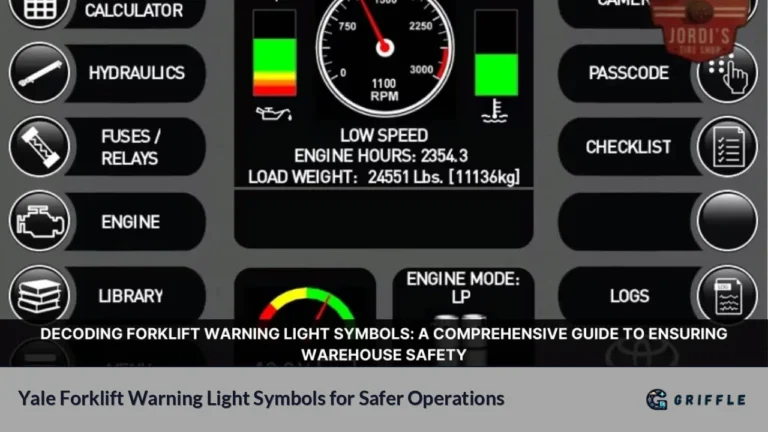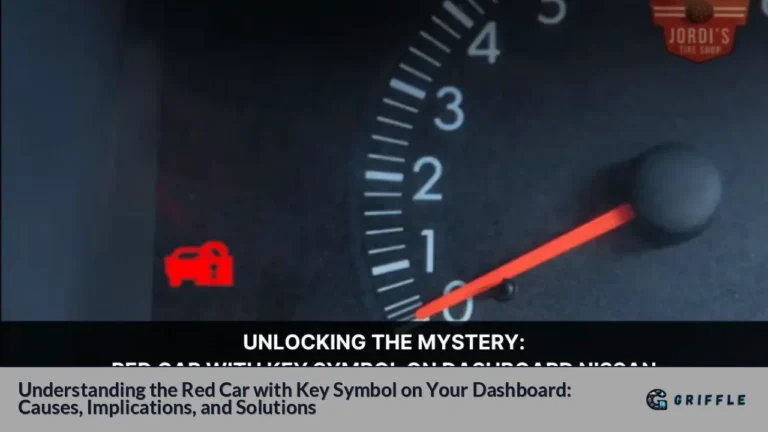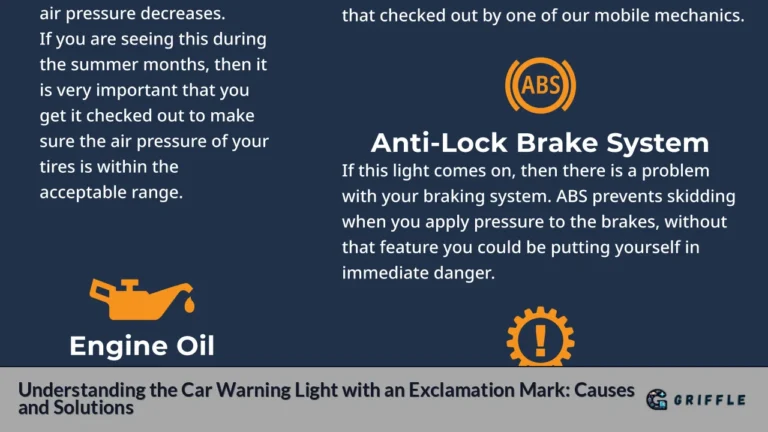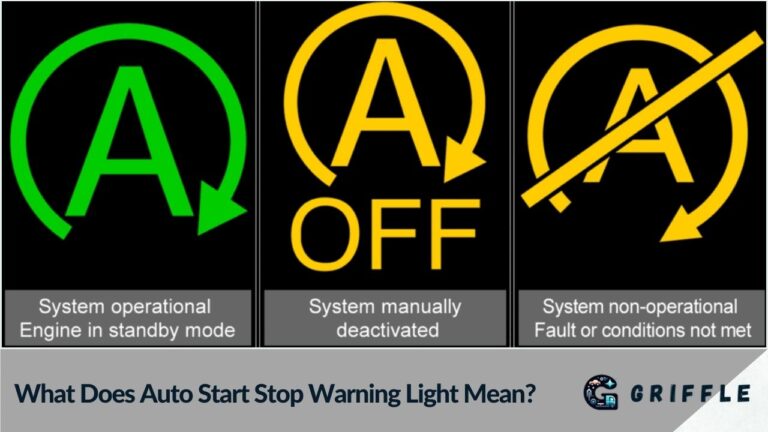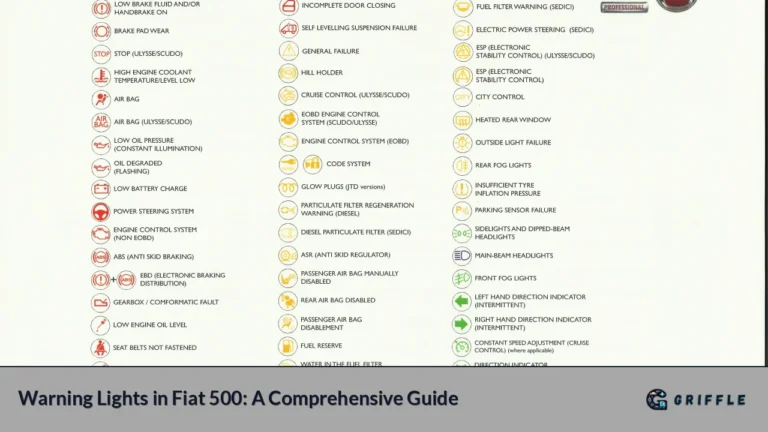The Ministry of Transport (MOT) test is a crucial annual inspection for vehicles in the UK, ensuring they meet safety and environmental standards. One of the most significant factors influencing the outcome of an MOT is the presence of warning lights on the vehicle's dashboard. Understanding which warning lights can lead to an MOT failure is essential for vehicle owners to avoid unnecessary costs and ensure road safety. This article explores the various warning lights that can cause an MOT failure, their meanings, and preventive measures to take before the test.
Common Warning Lights and Their Implications
Table of Warning Lights
| Warning Light | Color | Description | MOT Impact |
|---|---|---|---|
| Engine Management Light | Red | Indicates a problem with the engine or emissions. | Automatic Fail |
| ABS Warning Light | Red | Signals a fault in the anti-lock braking system. | Automatic Fail |
| Airbag Warning Light | Red | Indicates an issue with the airbag system. | Automatic Fail |
| Brake Fluid Level Light | Red | Warns of low brake fluid levels. | Automatic Fail |
| Coolant Temperature Warning | Amber | Indicates engine overheating. | May Fail |
| Tyre Pressure Monitoring Light | Amber | Alerts to low tyre pressure. | May Fail |
| Electrical Fault Light | Amber | Signals issues with the vehicle's electrical system. | May Fail |
Red Warning Lights
Red warning lights are critical indicators of serious issues that require immediate attention. If any red light is illuminated during an MOT, it will result in an automatic failure. Key red warning lights include:
- Engine Management Light: This light indicates potential problems with the engine or emissions control system. If it remains lit during the MOT, it signifies a major fault that could affect vehicle performance and emissions compliance, leading to a fail.
- ABS Warning Light: The Anti-lock Braking System (ABS) is vital for maintaining control during hard braking. If this light is illuminated, it indicates a malfunction, resulting in an automatic fail.
- Airbag Warning Light: This light signifies issues within the airbag system, which could prevent airbags from deploying in an accident. An illuminated airbag light will also lead to a fail during the MOT.
- Brake Fluid Level Light: A low brake fluid level can compromise braking efficiency, making this light critical for safety. Its presence during an MOT will result in failure.
Amber Warning Lights
Amber warning lights indicate less severe issues but still require prompt attention. While not all amber lights will result in an automatic fail, they can contribute to a fail if left unresolved or if they indicate significant underlying problems:
- Coolant Temperature Warning: This light indicates that the engine is overheating, which could lead to severe damage if not addressed. While it may not cause an automatic fail, it should be resolved before the test.
- Tyre Pressure Monitoring Light: This light alerts drivers to low tyre pressure, which can affect handling and safety. If this light indicates a malfunctioning system during the MOT, it could lead to a fail.
- Electrical Fault Light: Problems with the vehicle's electrical system can range from minor issues to significant faults affecting safety systems. Depending on the severity of the fault indicated by this light, it may result in a fail.
The Importance of Addressing Warning Lights Before an MOT
It is crucial for vehicle owners to address any illuminated warning lights before taking their car for an MOT test. Ignoring these warnings can lead to costly repairs and potential safety hazards on the road.
Key Steps to Take Before Your MOT
- Diagnostic Check: If any warning lights are illuminated, consider taking your vehicle for a diagnostic check at a reputable garage. This will help identify and rectify any underlying issues before your MOT.
- Pre-MOT Checklist: Conduct a thorough pre-MOT checklist that includes checking all lights (headlights, brake lights, indicators), tyre pressures, fluid levels (brake fluid, coolant), and ensuring that no obstructions are present on your windscreen.
- Consult Your Manual: Familiarize yourself with your vehicle’s owner manual regarding warning lights and their meanings. Understanding these indicators can help you take appropriate action before your MOT.
- Seek Professional Help: If you are unsure about any warning lights or how to address them, consult a professional mechanic who can provide guidance and necessary repairs.
Conclusion
In summary, understanding which warning lights can lead to an MOT failure is essential for all vehicle owners in the UK. Red warning lights such as those indicating engine management issues, ABS faults, airbag problems, and low brake fluid levels will result in automatic fails during the MOT test. Amber lights may not always cause immediate failure but should be addressed promptly to avoid future complications.
By taking proactive steps—such as conducting diagnostic checks and adhering to pre-MOT checklists—drivers can enhance their chances of passing the MOT while ensuring their vehicles remain safe and roadworthy.
FAQs
- What happens if my car has a warning light on during its MOT?
If any critical red warning light is illuminated, your car will automatically fail its MOT. - Can I drive my car with a warning light on before my MOT?
It's advisable not to drive your car with any warning lights on as they indicate potential issues that could worsen. - Are all amber warning lights serious?
Not all amber lights indicate serious problems; however, they should be checked promptly as they may signify underlying issues. - How can I prevent my car from failing its MOT?
Regular maintenance checks and addressing any dashboard warning lights promptly can help prevent failures. - What should I do if my engine management light comes on?
You should have your vehicle checked by a professional as soon as possible to diagnose and fix any underlying issues.
